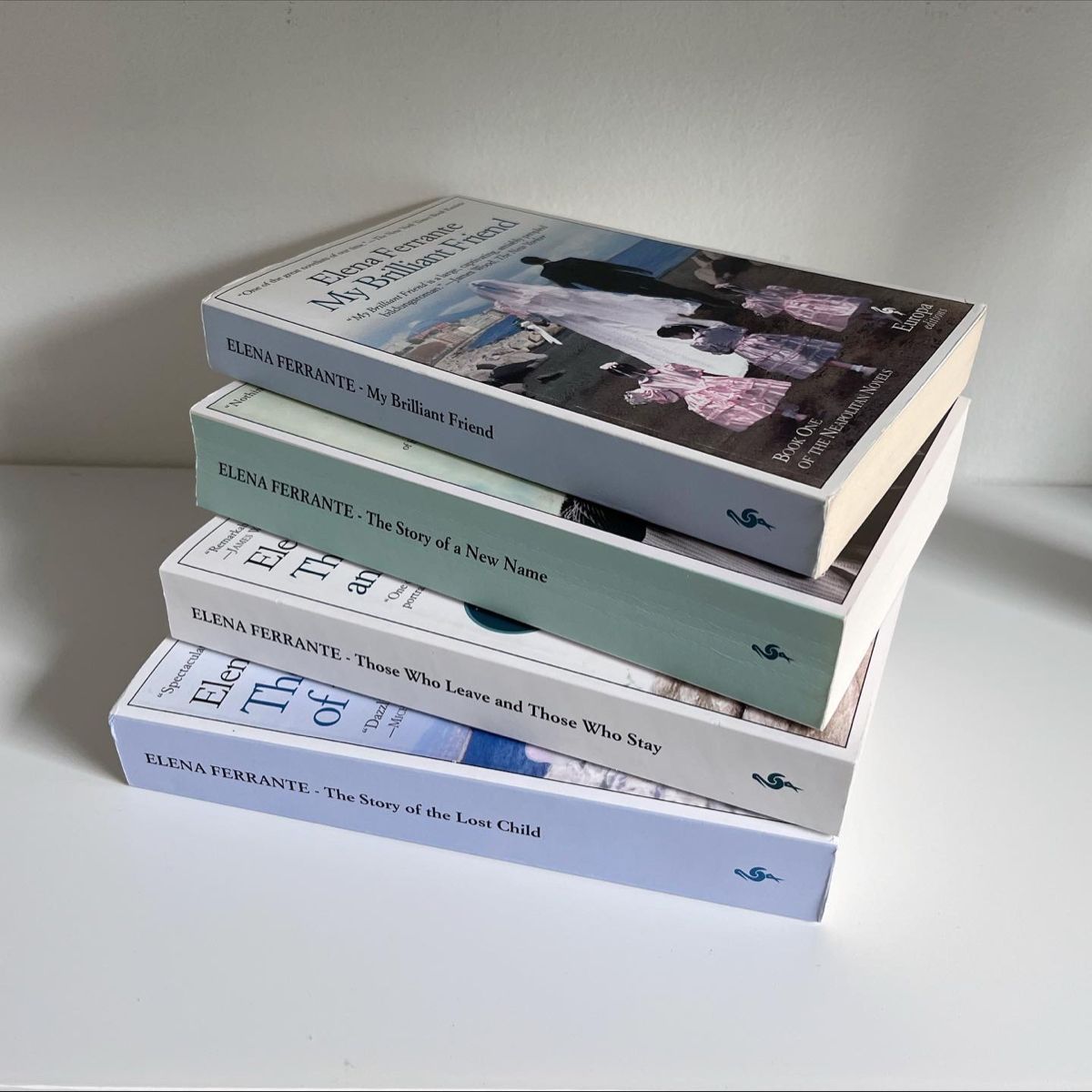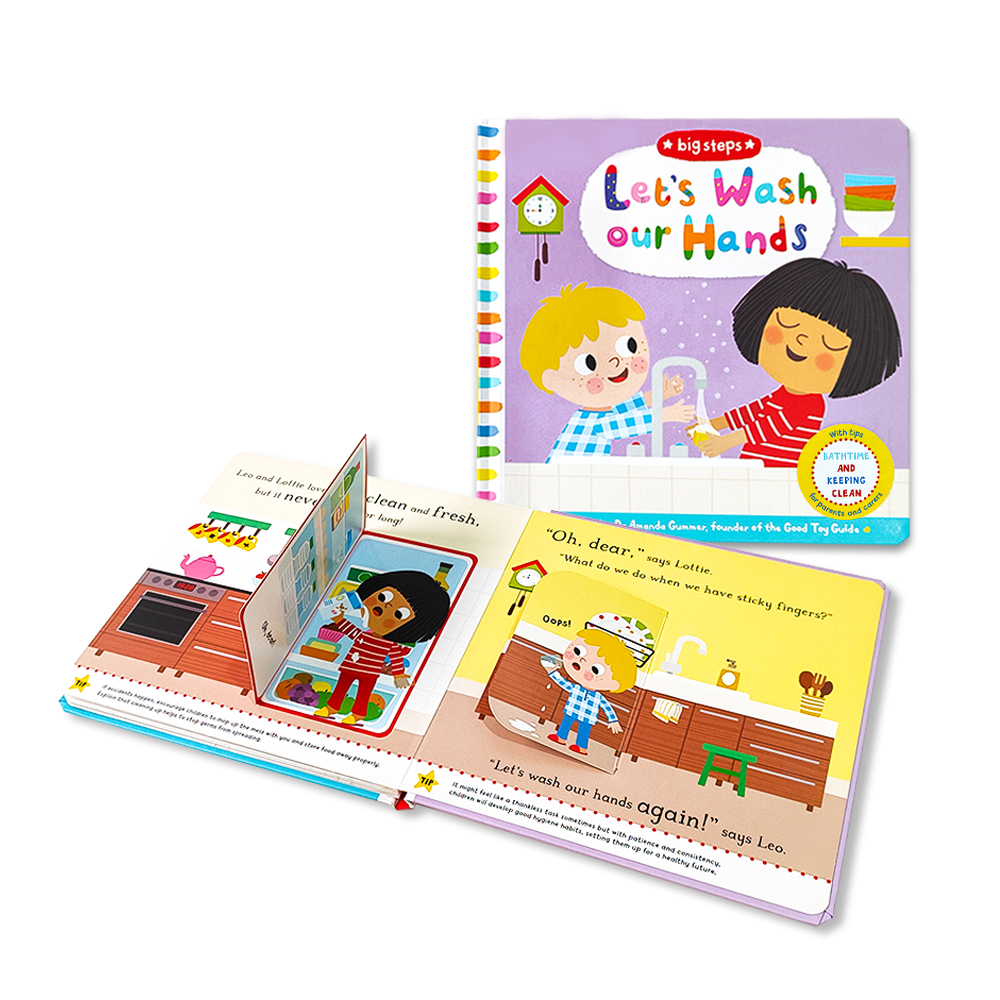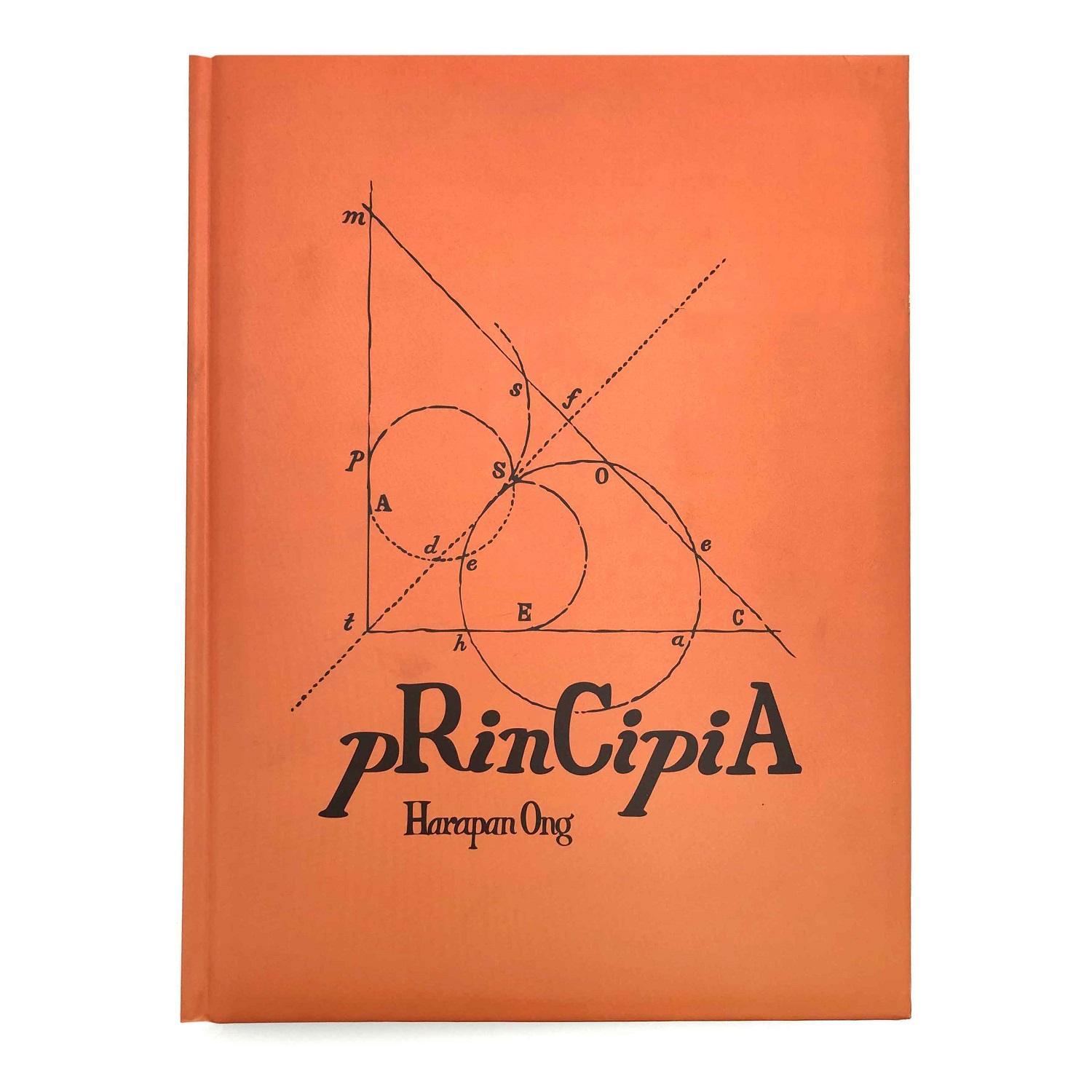Les 5 meilleures méthodes de reliure de livres économiques pour réussir vos impressions
Le choix de la bonne méthode de reliure est essentiel pour la durabilité, la fonctionnalité et l'apparence professionnelle de toute publication imprimée. Que vous soyez rédacteur de magazine, auteur indépendant ou imprimeur professionnel, la compréhension des options de reliure vous aidera à garantir que votre travail fini se démarque et répond aux normes de qualité. Nous allons ici explorer cinq méthodes de reliure rentables qui équilibrent qualité et prix abordable, parfaites pour les projets à petite échelle, les grands tirages ou les publications uniques.
Table des matières
Des solutions de reliure de livres rentables et durables
Avec une grande variété d'options de reliure disponibles, plusieurs choix se démarquent comme étant abordables sans compromettre la qualité. Vous trouverez ci-dessous cinq méthodes de reliure clés qui offrent d'excellents résultats et peuvent augmenter la valeur de vos livres, catalogues et magazines.
1. Reliure avec piqûre à cheval
La reliure à piqûre à cheval est une technique de reliure très économique et polyvalente, idéale pour les magazines, les brochures et les catalogues courts. Les pages sont pliées puis agrafées le long du dos, ce qui permet à la publication de rester à plat une fois ouverte. Cette simplicité de conception fait de la reliure à piqûre à cheval une solution de choix pour les publications comportant moins de pages, généralement entre 8 et 80.
Avantages
- Délai d'exécution rapide et rentable pour les petits tirages.
- Se pose à plat pour faciliter la lecture, ce qui le rend pratique pour les catalogues et les programmes d'événements.
Inconvénients
- Limité aux publications avec un nombre de pages inférieur.
- Pas aussi durable que d’autres méthodes pour une utilisation à long terme.
2. Reliure parfaite
La reliure parfaite est un choix populaire pour les publications plus épaisses, telles que les romans, les rapports annuels et les catalogues plus volumineux. Cette technique consiste à coller les pages et la couverture le long du dos, créant ainsi une apparence professionnelle, semblable à celle d'un livre de poche. La reliure parfaite est abordable, même pour les tirages moyens à élevés, tout en offrant une finition solide et durable.
Avantages
- Économique pour les tirages en grand volume, idéal pour la publication de fictions ou de livres de poche commerciaux.
- Aspect professionnel avec une tranche nette pour une présentation facile en étagère.
Inconvénients
- Ne reste pas à plat lorsqu'il est ouvert, ce qui peut avoir un impact sur la convivialité pour certains lecteurs.
- Légèrement moins durable que la reliure à couverture rigide pour une manipulation intensive.
3. Reliure spirale
Également connue sous le nom de reliure à spirale, la reliure spirale est largement choisie pour les manuels, livres de cuisine et autres documents de référence qui nécessitent une gamme complète de mouvements. Cette méthode utilise une bobine continue enfilée dans des trous pré-perforés, permettant aux pages de pivoter à 360 degrés. La reliure spirale est durable, légère et adaptée aux documents de différentes épaisseurs, ce qui en fait une option abordable pour les projets nécessitant de la flexibilité.
Avantages
- Permet au document de rester complètement à plat ou même de se replier sur lui-même.
- Idéal pour les documents fréquemment utilisés, tels que les guides de référence et les cahiers.
Inconvénients
- Aspect plus informel par rapport aux autres méthodes de reliure.
- Limité dans la gestion de documents plus épais ou de volumes de texte plus importants.
4. Reliure à peigne
La reliure à peigne utilise un peigne en plastique souple avec des anneaux qui s'insèrent dans des trous perforés le long du bord du document. Les pages peuvent être facilement ajoutées ou supprimées, ce qui est avantageux pour les documents fréquemment mis à jour, tels que les manuels de formation et les présentations. Bien qu'abordable, la reliure à peigne offre un aspect soigné adapté aux documents professionnels.
Avantages
- Peu coûteux, avec ajout ou suppression de pages facile.
- Se pose à plat lorsqu'il est ouvert, ajoutant des fonctionnalités pour le matériel pédagogique.
Inconvénients
- Pas aussi attrayant visuellement que la reliure spirale ou la reliure parfaite.
- Moins durable, en particulier lors de la manipulation de documents comportant un nombre élevé de pages.
5. Reliure Wire-O
Pour un look sophistiqué et une durabilité robuste, la reliure Wire-O est une option de premier ordre couramment utilisée pour les calendriers, les carnets et les portfolios professionnels. Cette méthode de reliure implique des fils à double boucle enfilés dans des trous perforés, créant une finition professionnelle et soignée. La reliure Wire-O permet aux documents de rester complètement à plat et est particulièrement adaptée aux projets de taille moyenne.
Avantages
- Offre une apparence professionnelle haut de gamme adaptée aux documents formels.
- Durable et permet aux pages de rester à plat ou de pivoter à 360 degrés, idéal pour les documents de référence.
Inconvénients
- Coût plus élevé par rapport aux autres options de reliure, en raison des matériaux et équipements spécialisés.
- Options de personnalisation de couverture limitées, qui peuvent ne pas répondre à toutes les préférences de conception.
Autres méthodes de liaison à prendre en compte
Bien que les méthodes ci-dessus couvrent des options de reliure économiques et pratiques, il existe d'autres types spécialisés qui méritent d'être pris en compte en fonction de votre budget et des exigences de votre projet :
Reliure à couverture rigide
La reliure à couverture rigide est idéale pour les publications haut de gamme comme les livres de table basse ou les souvenirs. Bien que plus chère, elle offre une durabilité et un prestige inégalés, augmentant la valeur de toute publication.
Reliure à bande
Option rapide et peu coûteuse pour relier des pages volantes, la reliure à ruban est idéale pour les documents internes ou brouillons où la durabilité et la présentation sont secondaires par rapport à la fonctionnalité.
Comment choisir la bonne méthode de reliure pour votre projet
Lors de la sélection d'une méthode de reliure, tenez compte des facteurs suivants :
- Taille du document et nombre de pages:La reliure avec piqûre à cheval et la reliure à peigne conviennent aux documents plus petits, tandis que la reliure parfaite ou la reliure Wire-O peuvent accueillir des publications plus épaisses.
- Utilisation prévue:Pour les documents fréquemment utilisés, tels que les manuels, la durabilité est cruciale, ce qui fait des reliures spirales et Wire-O des choix idéaux.
- Exigences en matière de présentation:Les documents formels bénéficient d'une reliure parfaite ou Wire-O en raison de leur aspect professionnel, tandis que les pièces moins formelles peuvent être mieux adaptées à une reliure en spirale ou à peigne.
- Contraintes budgétaires:La reliure à piqûre à cheval et la reliure à peigne sont abordables, mais pour les budgets plus importants, la reliure parfaite ou Wire-O offre une durabilité accrue et un aspect plus soigné.
BooksPrinting : votre partenaire en services de reliure de livres haut de gamme
Chez BooksPrinting, nous proposons une gamme complète d'options de reliure pour répondre à tous les besoins de votre projet, de la simple reliure piquée à la reliure Wire-O haut de gamme. Grâce à notre expertise, vous pouvez sélectionner la solution de reliure la plus rentable et la plus professionnelle pour vos livres, catalogues et magazines.
Nos services s'adressent à des projets de toutes tailles, vous aidant à présenter vos documents sous leur meilleur jour. Nous combinons rapidité, prix abordable et engagement envers la qualité dans chaque solution de reliure, garantissant la durabilité et l'attrait de votre publication.
Conclusion
Le choix de la méthode de reliure appropriée dépend en fin de compte de plusieurs facteurs, notamment l'objectif du projet, le budget et l'esthétique souhaitée. La reliure à cheval et la reliure spirale sont des solutions économiques, tandis que la reliure sans couture et la reliure Wire-O offrent une durabilité et une valeur de présentation supplémentaires. Quels que soient vos besoins, le choix de la bonne reliure améliorera à la fois la facilité d'utilisation et l'apparence de votre travail imprimé.
Prêt à vous lancer ? Contactez BooksPrinting dès aujourd'hui pour en savoir plus sur notre vaste sélection de solutions de reliure. Laissez-nous vous aider à trouver l'option idéale pour mettre en valeur vos publications imprimées.
FAQ
Q1. Quelle méthode de reliure est la plus adaptée pour une apparence professionnelle ?
La reliure parfaite et la reliure Wire-O offrent toutes deux des finitions professionnelles et élégantes, idéales pour les présentations formelles, les rapports et les publications à haute visibilité.
Q2. Est-il possible d'ajouter ou de supprimer facilement des pages grâce à la reliure à peigne ?
Oui, la reliure à peigne est très flexible, ce qui permet d'ajouter ou de supprimer facilement des pages, ce qui en fait un excellent choix pour les documents qui nécessitent des mises à jour fréquentes.
Q3. Quelle est la méthode de reliure la plus abordable pour les petits tirages ?
La reliure piquée à cheval est l'une des options les plus abordables, en particulier pour les petites publications comme les livrets ou les catalogues courts.
Impression de livres
Nouveaux produits
Dernier blog
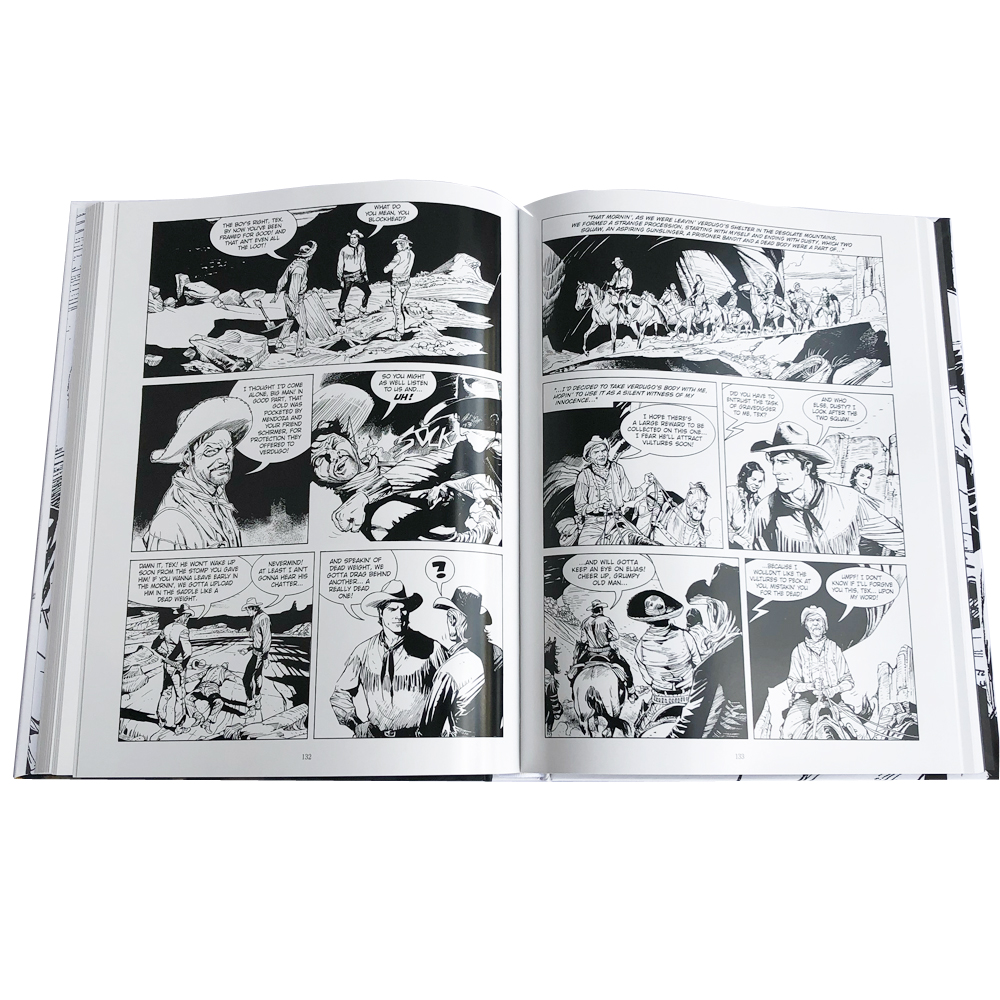
Comment créer votre propre bande dessinée ?
Créer et imprimer une bande dessinée est un voyage passionnant mais complexe qui combine narration, illustration,
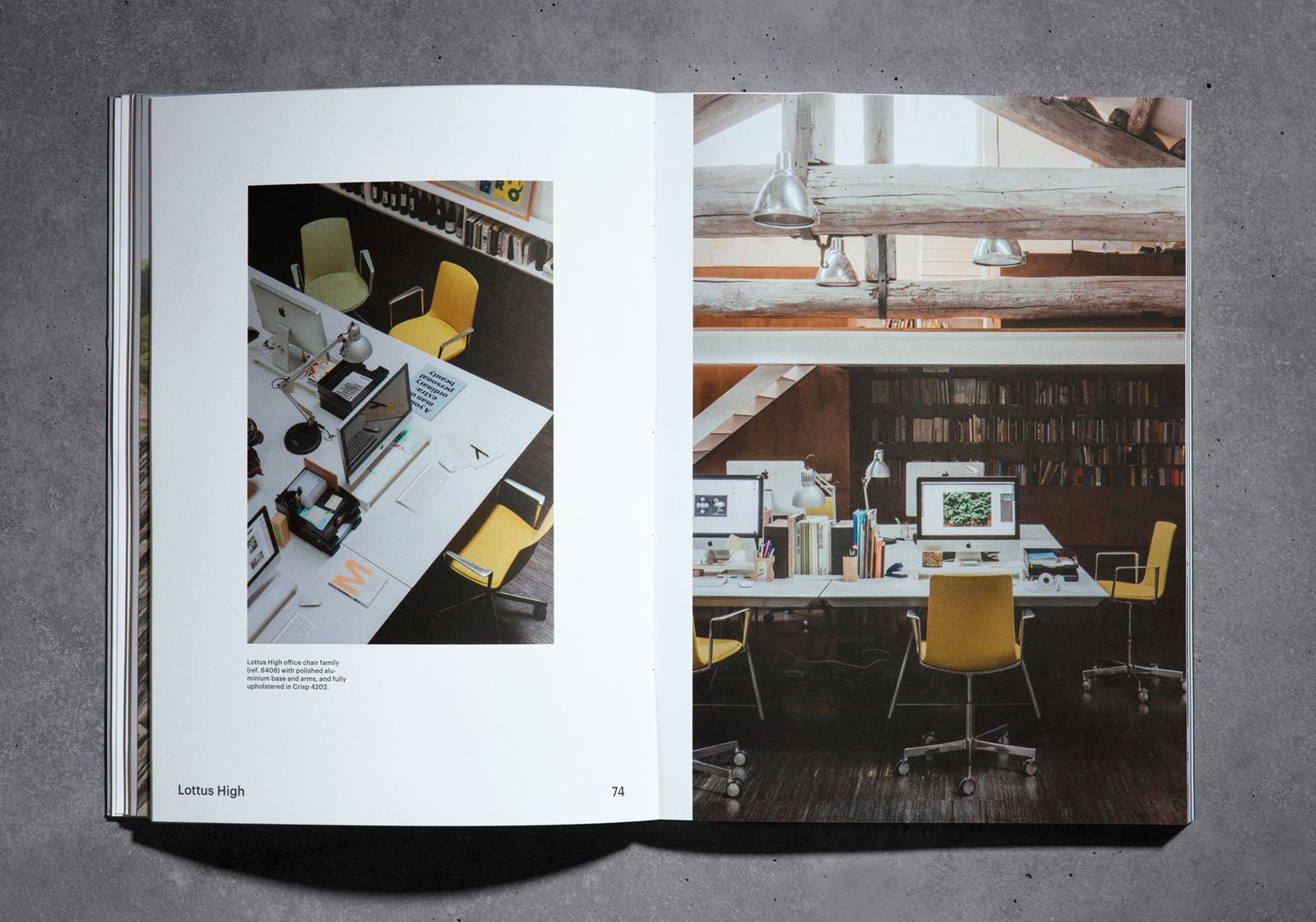
Comment l’impression a-t-elle réduit le coût des livres ?
Dans un monde de l’édition en constante évolution, rendre les livres abordables est essentiel pour atteindre un public plus large.
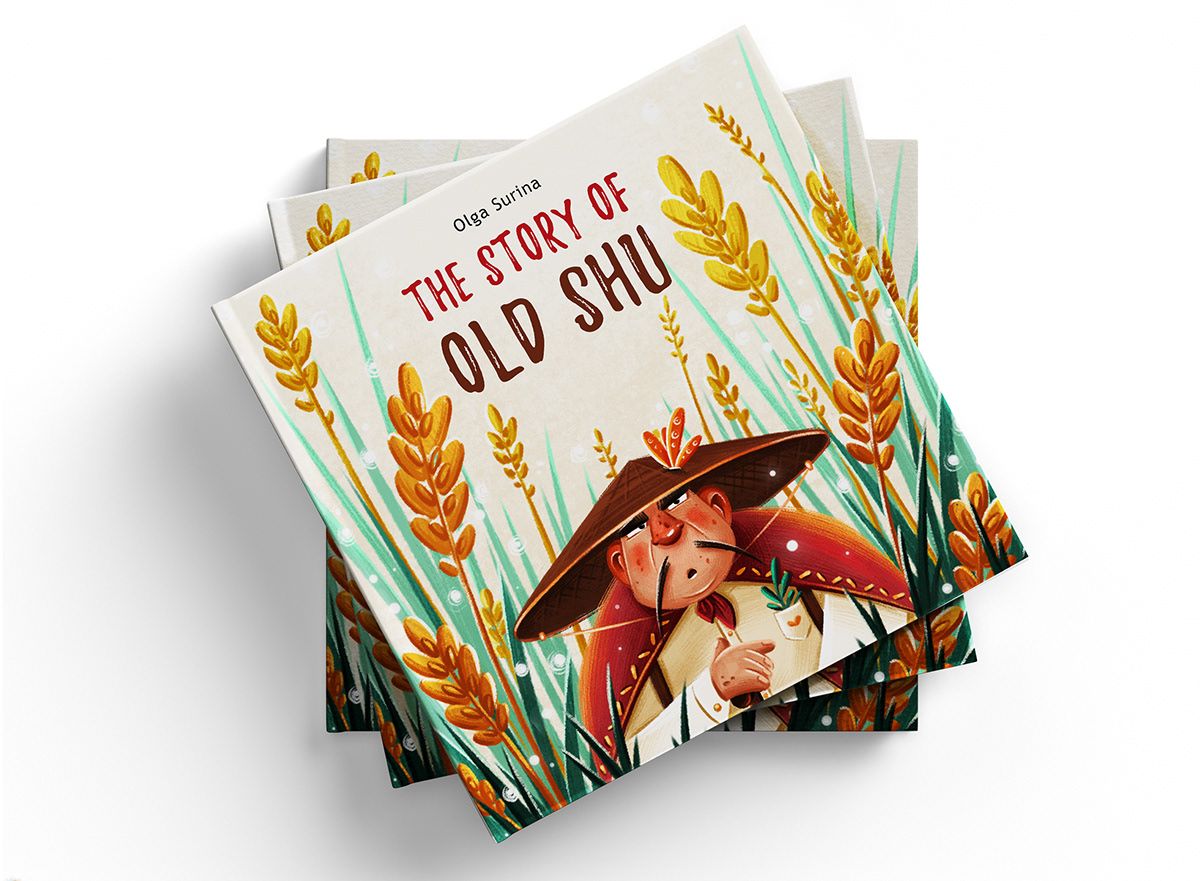
Sur quel type de papier sont imprimés les livres pour enfants ?
Lors de la création d'un livre pour enfants, chaque élément compte, en particulier le choix du papier. Choisir le bon type de papier peut rehausser l'apparence d'un livre,
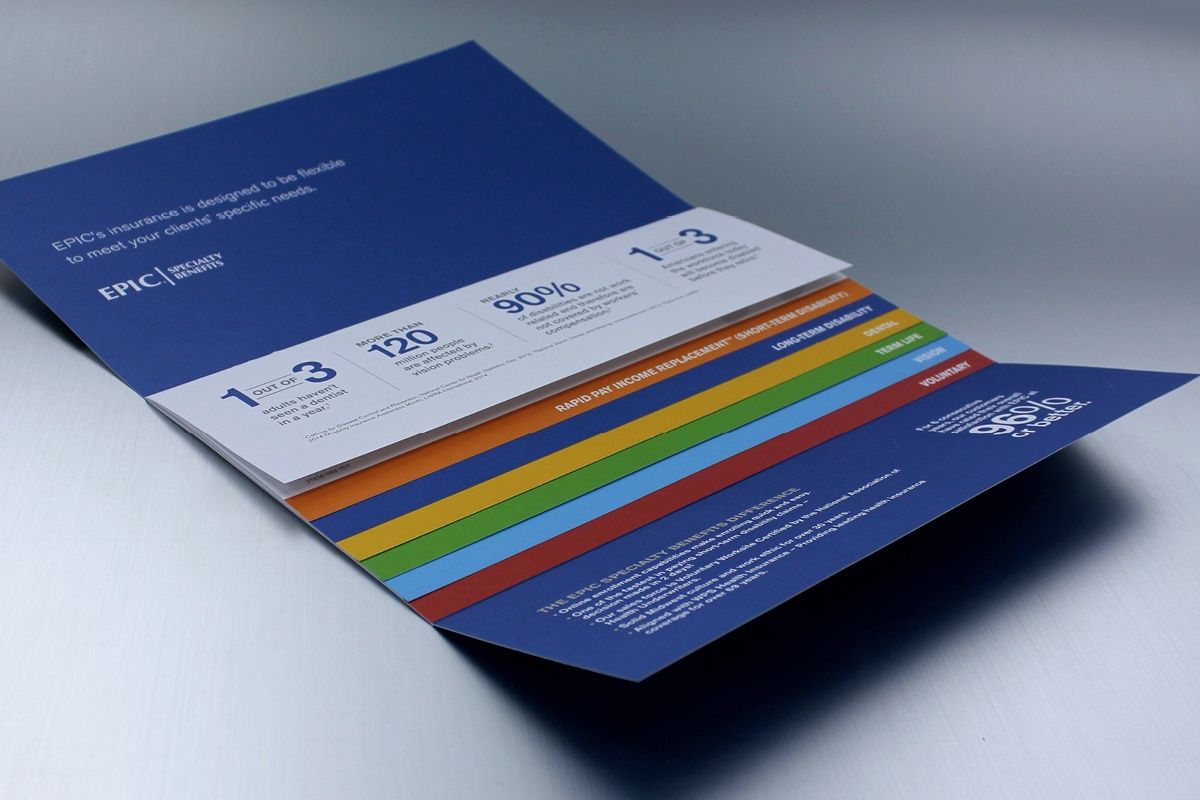
Pourquoi l'impression de brochures reste un outil marketing puissant pour votre entreprise
Dans le monde en constante évolution du marketing numérique et des avancées technologiques, il peut sembler que les méthodes de marketing traditionnelles comme l’impression de livrets perdent de leur pertinence.
Contactez-nous
- +86 13946584521
- info@booksprinting.net
- 8h00 - 22h00 (du lundi au dimanche)
Commentaires
Blog associé
Découvrez les dernières tendances et connaissances communes dans le domaine de l'impression de livres.
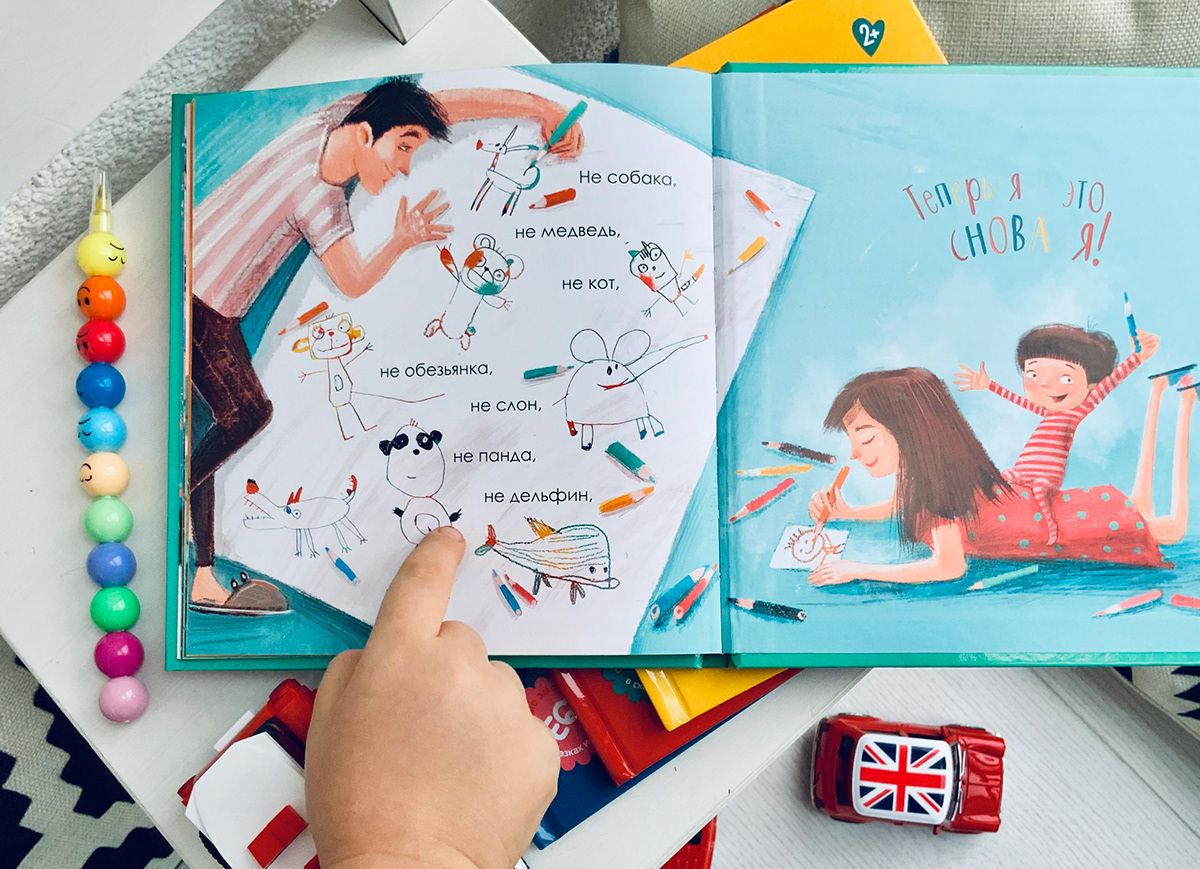
Quel papier est le meilleur pour imprimer des livres pour enfants ?
Lors de la création d'un livre pour enfants, chaque élément compte, en particulier le choix du papier. Choisir le bon type de papier peut rehausser l'apparence d'un livre,
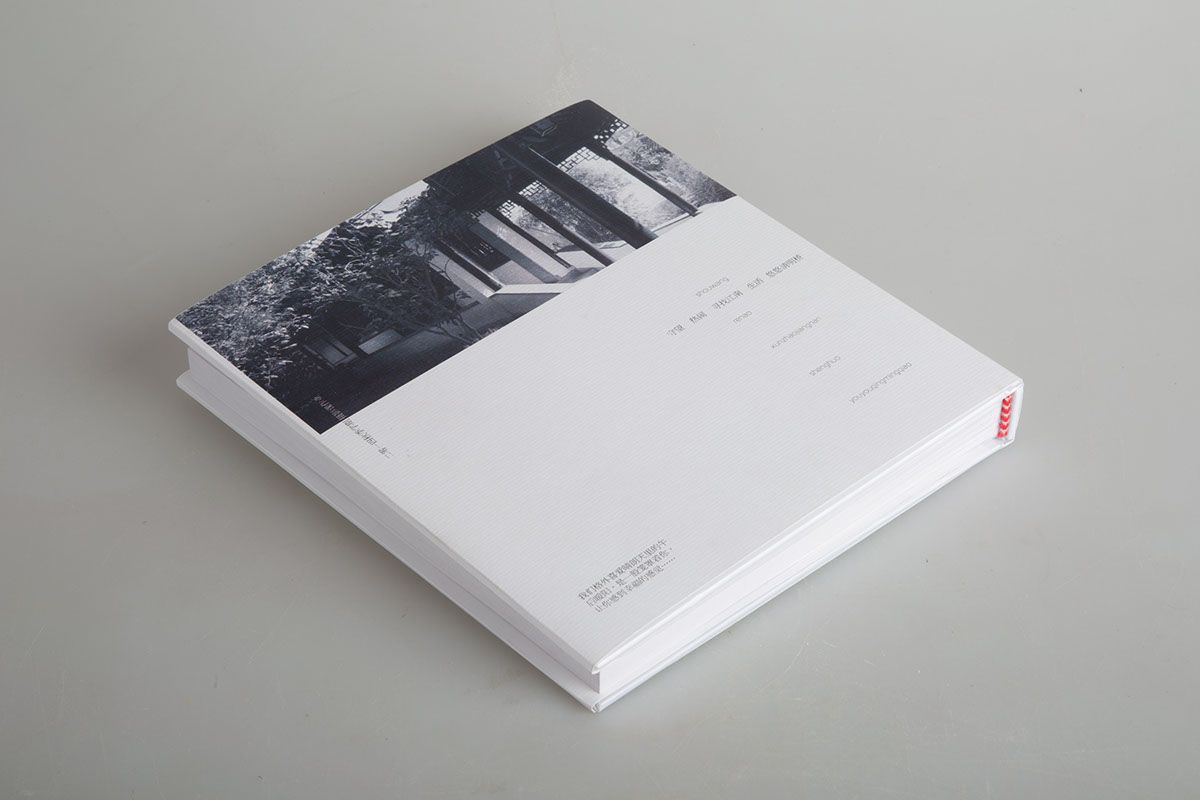
Combien coûte l'impression d'un livre de table basse
Les livres de table basse sont plus que de simples pièces décoratives ; ce sont des expressions artistiques qui mettent en valeur la photographie, l’art et les histoires personnelles.

Pourquoi l'impression de brochures reste un outil marketing puissant pour votre entreprise
Dans le monde en constante évolution du marketing numérique et des avancées technologiques, il peut sembler que les méthodes de marketing traditionnelles comme l’impression de livrets perdent de leur pertinence.
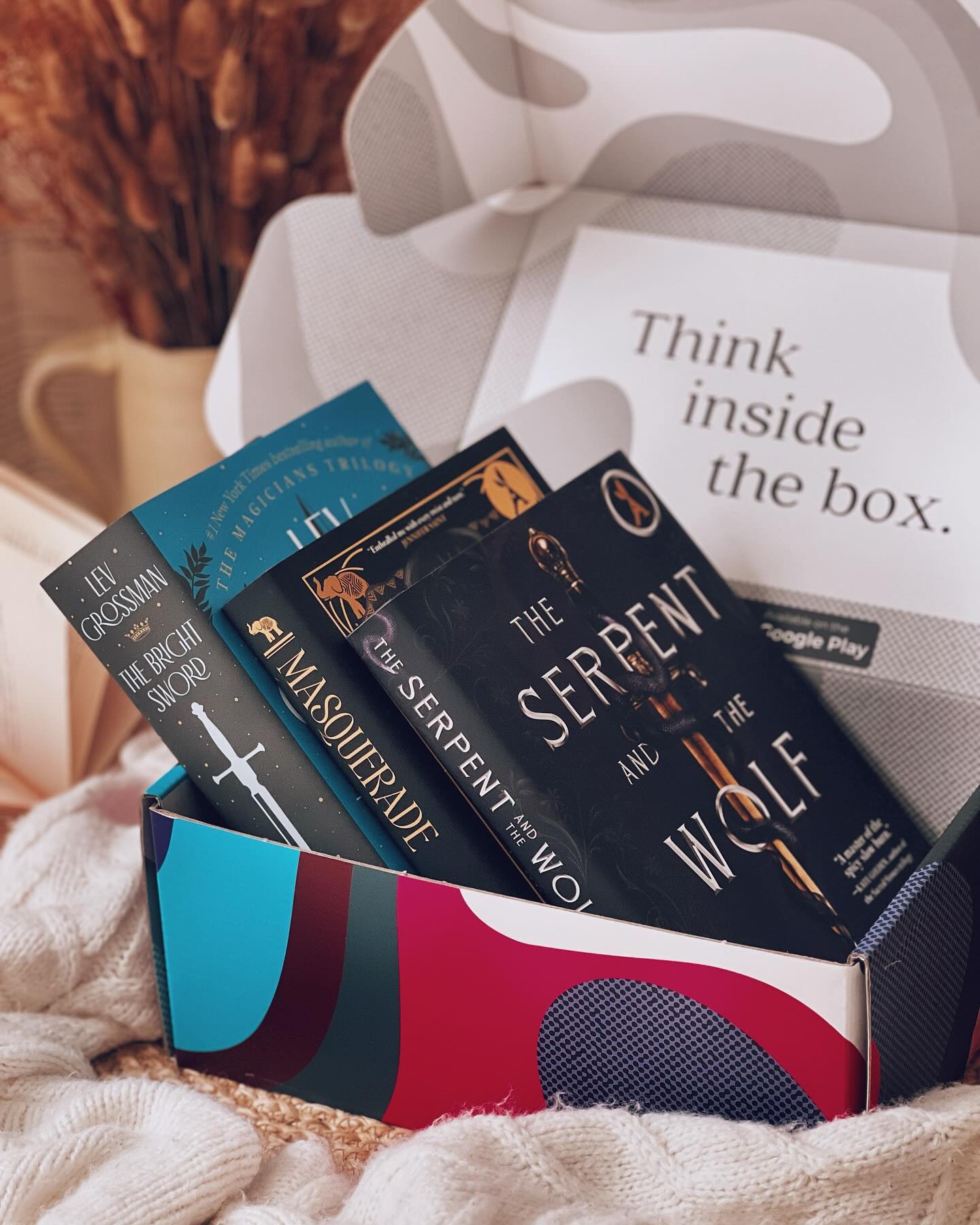
Combien coûte l’impression d’un livre à couverture rigide ?
Lorsqu'ils envisagent le coût d'impression d'un livre à couverture rigide, de nombreux auteurs et éditeurs sont confrontés au défi d'équilibrer qualité et prix abordable.

